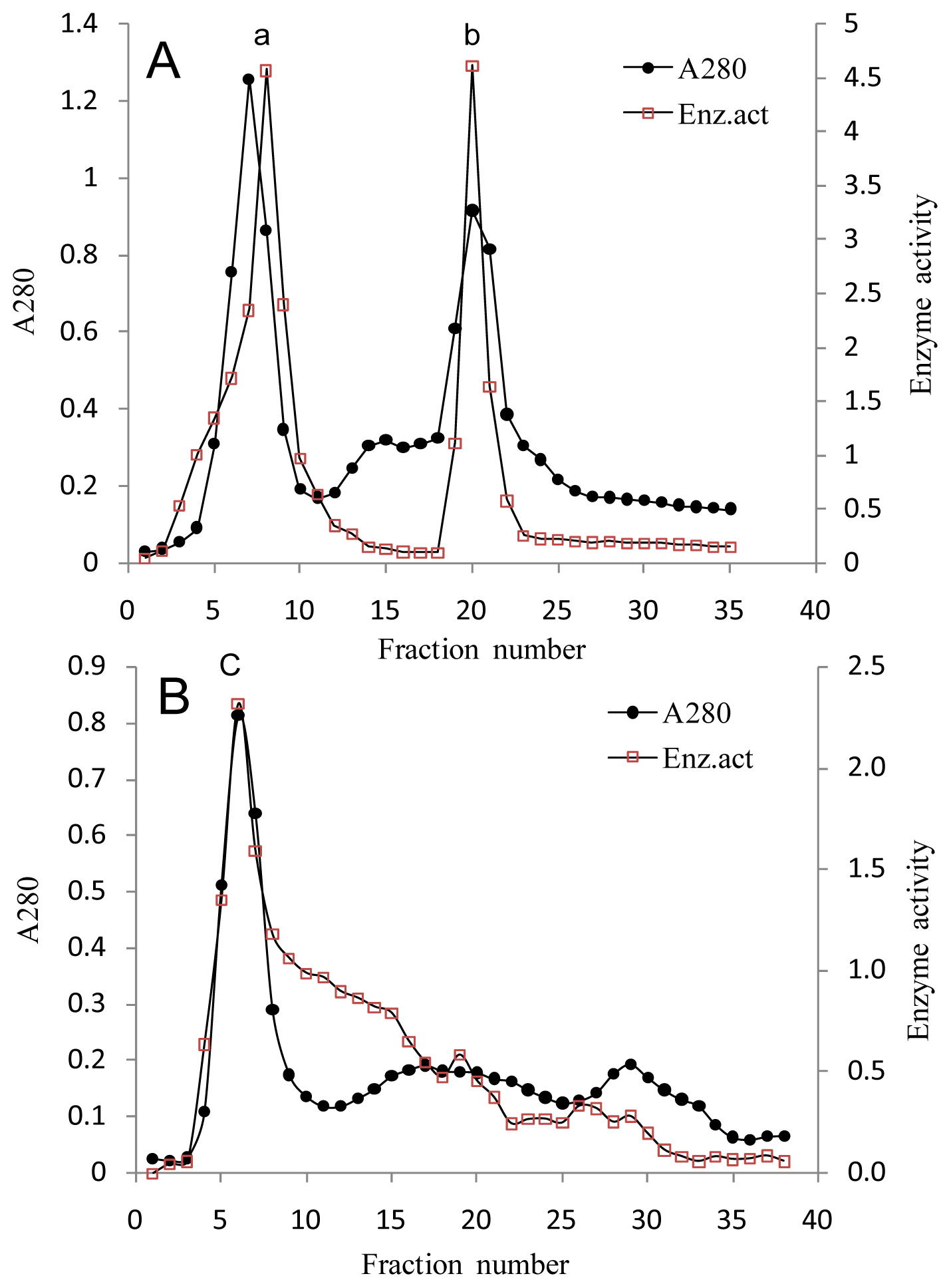
The DNA sequence of the16S rDNA gene has been determined for an extremely large number of species. Primers are designed to bind to conserved regions and amplify variable regions. Strongly conserved regions often flank these hypervariable regions. The DNA segments that carry this genetic information are called genes which are necessary for genetic analysis, which is used for scientific, medical, or forensic purposes. The 16s rDNA sequence has hypervariable regions, where sequences have diverged over evolutionary time. The genetic material of all living organisms contains information that is crucial for heredity. Phylogenetic trees drawn on the basis of distance Neighbour-joining method revealed clustering of individuals according to their genera and families. Steps in Ribosomal RNA Sequencing: Extraction of DNA. bhagwatii (-CHII) had no percent diversity. Individuals of different species having Type-I conformational pattern, i.e. Identical sequences were found between two populations of O.

ranged from 0% to 4.8% across the entire 16S gene fragment. The inter-specific pairwise sequence divergence in Odontotermes spp. View Test Prep - Final Molecular diagnostics Fall 16 v3-1 from MCB 3020 at University of Florida. The sequences obtained were characterized to see the frequencies of each nucleotide bases. Continued improvements in DNA sequencing technologies have greatly helped in the democratization of sequencing (Tringe & Hugenholtz, 2008) and high-throughput sequencing of the 16S rRNA marker gene is widely used to assess diversity and composition of microbial communities (e.g., Bartram, Lynch, Stearns, Moreno-Hagelsieb, & Neufeld, 2011 Caporaso et al., 2012 Huber et al. Three haplotypes obtained were subjected to sequencing. processed on both strands using automated DNA sequencing machine. The 16Sr I aster yellows (AR) phytoplasma group with more than 103 phytoplasmas is the largest subclade (Seemüller et al., 1998) and has. Partial 16S gene fragments were amplified by using specific primers in few species/populations of termites of the genus Odontotermes (Isoptera:Termitidae:Macrotermitinae), and the PCR products were subjected to SSCP analysis. Sequence analysis of the 16S rDNA, 16S - 23S intergenic region and the beginning of the. First, 16S is well suited for multiple patients, longitudinal studies, but provides limited taxonomic and functional information. But it is also limited by several disadvantages. Assessing and improving methods used in operational taxonomic unit-based approaches for 16S rRNA gene sequence analysis. Kumari, Mamtesh Sharma, Vijay Sodhi, Monika Mukesh, Manishi Shouche, Yogesh Sobti, Ranbir 16S rRNA amplicon sequencing is popular due to its cost-efficient, time-effective, and informative features. Kruskal-Wallis analysis showed that DNA extraction methods exerted. (Order: Isoptera Family: Termitidae) on the basis of partial 16SrRNA gene PCR-SSCP and sequence analysis of three Odontotermes spp. PCR-SSCP and sequence analysis of three Odontotermes spp.


 0 kommentar(er)
0 kommentar(er)
